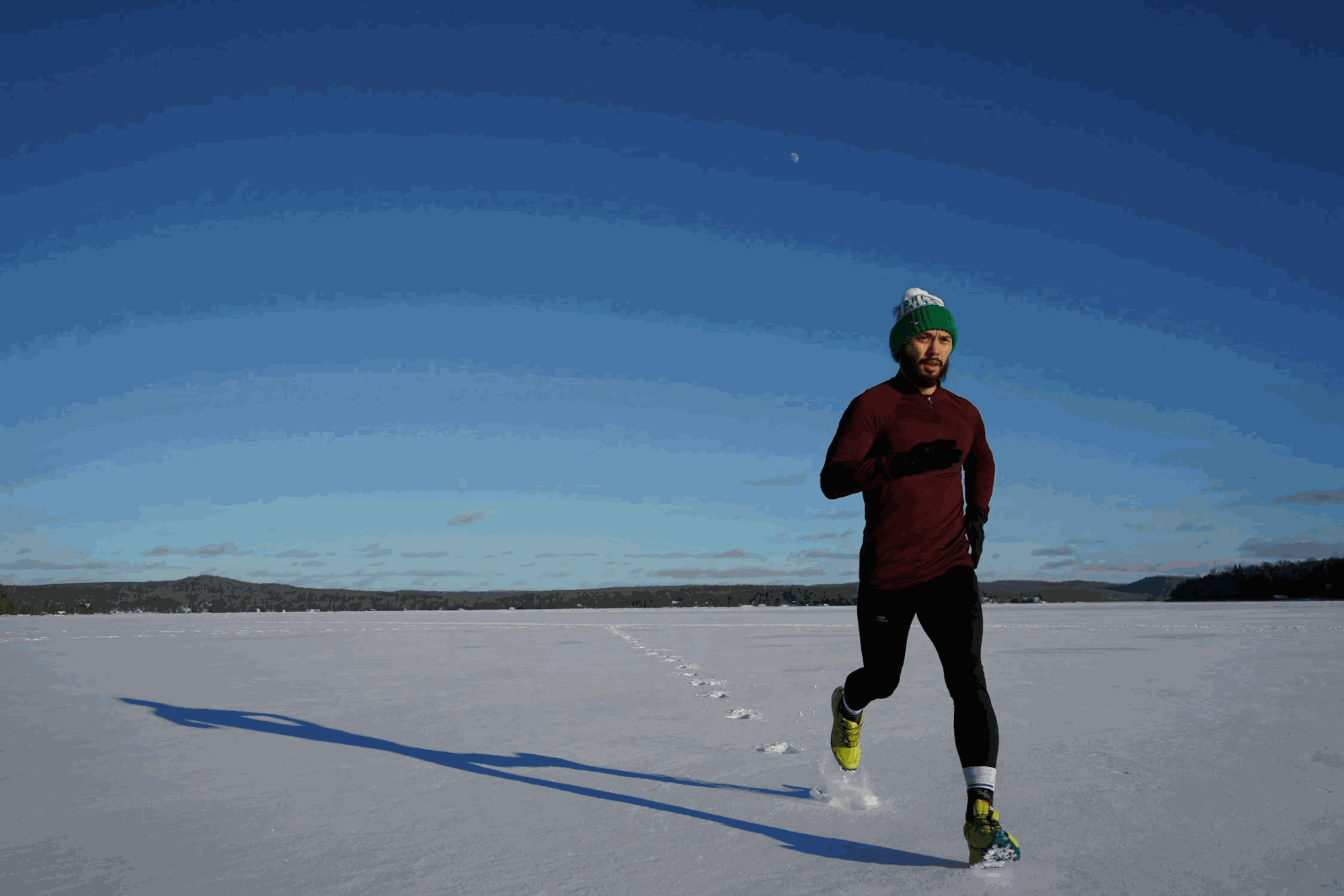
Once seen mainly as a path to fitness, sports participation is now valued for its mental health, stress relief, and social benefits.
Traditional brands like Adidas and Nike have been forced to adapt to the innovative content marketing strategies of new start-up sportswear suppliers who convey wider messages about sports culture.
Whether consumers engage in physical activity for social connection, personal well-being, or to help save the planet, there is a sportswear brand that speaks to their unique motivations behind working out.
Sport isn’t Just for Numbers-Driven Athletes
Among those who don’t engage in physical activity, there is often the belief that sport is only for judgmental, high-performing athletes. In fact, one of the main reasons adults avoid physical activity is embarrassment about their fitness levels or negative experiences during their school years.
Sportswear brands are now tasked with challenging these cultural connotations around physical engagement. To attract a diverse range of customers, their content must showcase that sport isn’t just for the physically elite—it can be for everyone, regardless of ability, motivation, or background.
Here’s how some sportswear brands use content to target different groups who view sports as more than just physical activity.
Sport is for Entrepreneurs
According to Forbes, physical activity is essential for CEOs and entrepreneurs who need to stay energised during long workdays, maintain confidence in high-pressure situations, and stay mentally stable through business challenges. This idea is continuously reinforced among those striving for success.
Brands like UVU, in partnership with streetwear label Cole Buxton, have capitalised on this trend by positioning their products as must-haves for self-motivated, disciplined individuals on an entrepreneurial journey.
UVU’s approach to content marketing goes beyond showcasing athletic apparel—it creates a cultural identity that resonates with the active, entrepreneurial lifestyle. The brand’s slogan, “graceful pursuit of a superior self,” is reflected in its social media content. Founder Adi Gillespie and his entrepreneurial partners are often featured in their pursuit of not just physical fitness but also career goals and personal fulfilment.
By connecting the brand to a broader ethos of success, UVU positions itself as more than just a sportswear label; it’s a symbol of the disciplined pursuit of excellence in all aspects of life.
Sport is for Changing the World
Active transport methods such as cycling, walking, and even running are recommended to society to help tackle the looming climate crisis. Meanwhile, climbing, one of the fastest-growing activities in the world, encourages people to incorporate nature into physical activity.
Sportswear brands have responded to the growing climate-conscious population by marketing sport as a powerful force for change, capable of making a positive impact on the world.
Eco-friendly running brand Hylo Athletic embraces this movement with their slogan, “Run like the world depends on it.” paired with a visual aesthetic on their social media feeds that romanticise the outdoors. Bright green colours and images of friends spending time in nature evoke a sense of adventure and eco-consciousness.
Hylo’s content creates the belief that sport can be a way to socialise sustainably, all while using the brand’s eco-friendly sportswear products. In doing so, it taps into the idea that building a community of like-minded individuals who care about the planet can amplify efforts to tackle climate change.
Sport is for Feeling Good
How often do you hear an unmotivated gym-goer say they need to buy new workout clothes before starting their fitness routine?
It’s an understandable perspective. People work out to feel good, whether physically or mentally—and new clothes can provide a temporary boost to self-esteem and help meet identity needs.
High-end running brands like Satisfy market their gear to individuals who see the style they project while running as just as important as the physical activity itself. Satisfy’s Instagram page often aligns more closely with high-end fashion brands than traditional sports suppliers like Nike and Adidas.
Beyond the fashionable appeal, the brand’s content taps into the blissful peace that many runners report experiencing during and after their sessions. Videos of runners gliding effortlessly through sunset-lit backdrops to the euphoric song Red Eyes by The War on Drugs convey the deeper connection between running, peace, and joy.
For Satisfy, sport isn’t about achieving elite athletic status but about embracing the positive feelings that come with staying healthy and active.
Sport is for Everyone
Due to their broad target audiences, Nike and Adidas struggle to communicate a clear and distinct brand identity, making it difficult to convey who they are and what sport means to them in the same way more niche brands can.
This lack of focused messaging is starting to have a detrimental effect, as consumers increasingly seek brands that resonate with their values and offer a deeper connection to the activities they love.
For example, Nike’s stock has plummeted due to weak sales forecasts, a decline in digital revenue, and inventory issues, resulting in a 31.71% year-to-date drop.
Nonetheless, major sportswear brands are still adapting to modern approaches to sport. Beyond endorsements of their top athletes, Nike and Adidas’ content creates the feeling that sport is for everyone—irrespective of size, ability, race, or religion.
These brands continue to champion inclusivity and diversity, ensuring their messaging resonates with a wide range of people while emphasising the universal benefits of physical activity.









